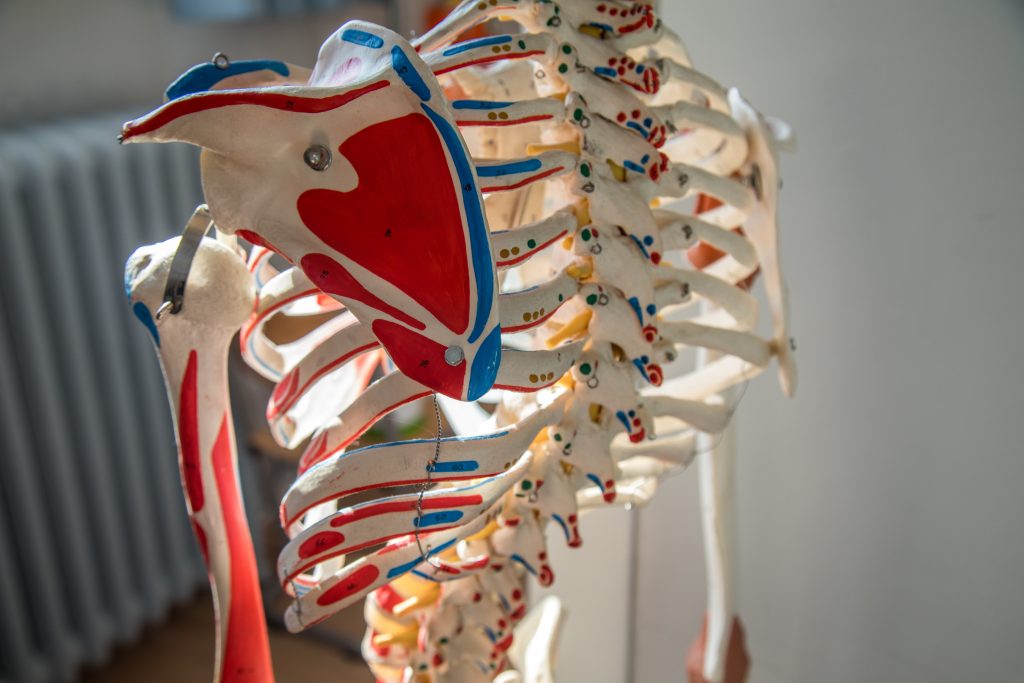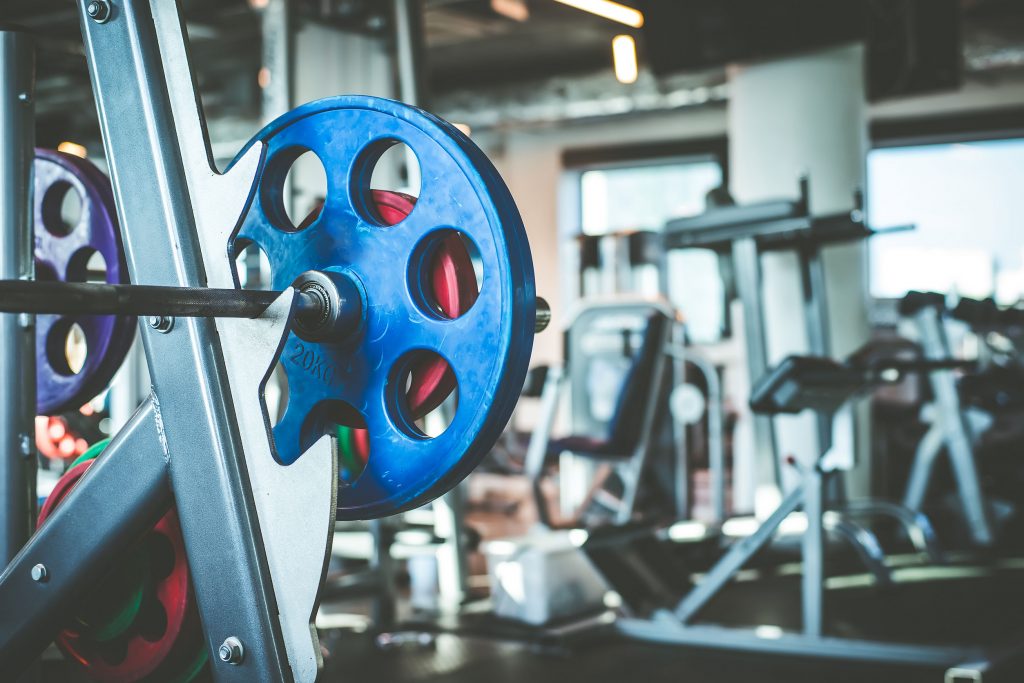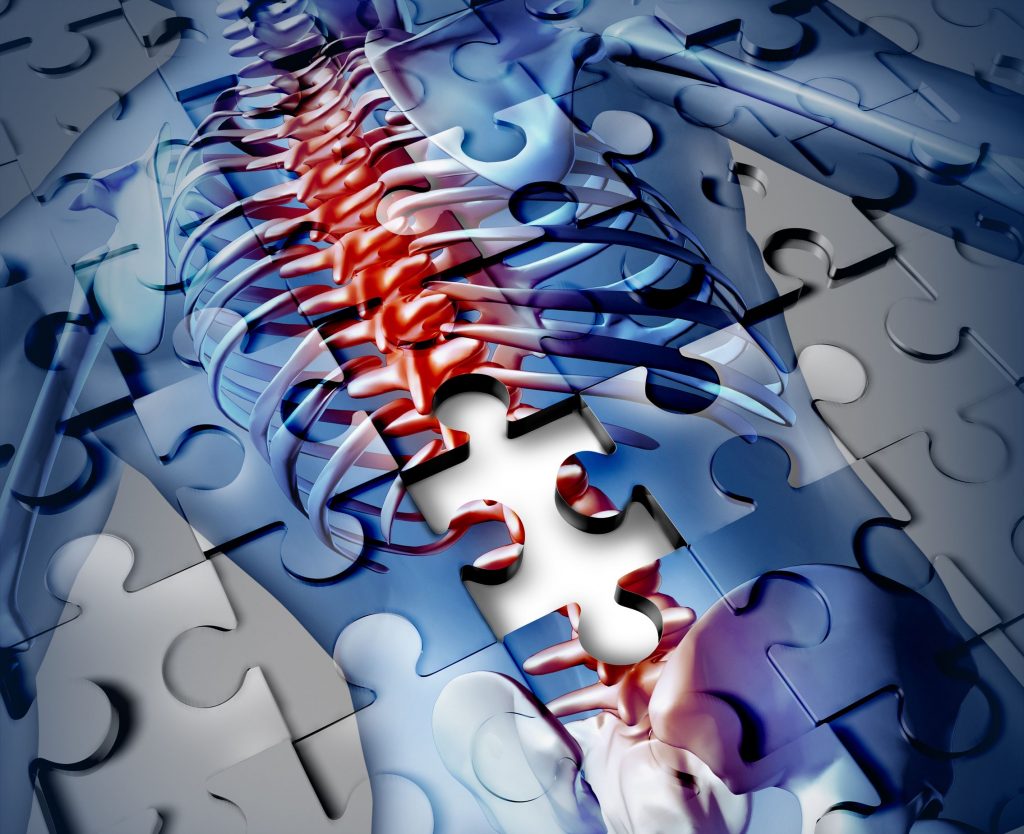It’s a mouthful, I know.
But I couldn’t think of an alternative name for today’s edition of Exercises You Should Be Doing.
“Rotation Thingamajiggy” or “T-Spine Exercise That Makes You Feel Good” didn’t have quite the same ring to it.

Exercises You Should Be Doing: Quadruped T-Spine Rotation w/ Lift Off
There’s no shortage of thoracic (middle back) mobility exercises out there. I for one prefer to keep a handful – say five or six – in my back pocket to use with the bulk of my clients.
I’d rather keep things simple, not bog people down with a litany of options, and stick with exercises that most people can do with little or no coaching.
I’m sure most people reading are familiar with your standard Quadruped Extension-Rotation drill. Here’s a reminder just in case (that was filmed, it seems, in 1978):
There are a few nit-picky things I’ve changed in how I coach this drill of late:
- I prefer the ROCKED BACK version, where one’s butt rests on their ankles (assuming they have access to that range of motion in their hips and ankles). In this case we’re taking joints out of the equation – in this case, the lower back – so there’s less opportunity to “cheat.”
- I also try to emphasize “pushing away” on the supporting arm side to help with more Serratus activation.
- Too, most people are unable to begin this exercise with one hand behind their head – they may not have access to the requisite external rotation and abduction – and all they end up doing is some sort of elbow going up and down while also doing a bang up job at jacking up their neck. Instead, I prefer more of a “rib grab” where each person grabs their underside and focuses on driving their opposite shoulder towards the ceiling.
But let’s assume we’re working with someone who CAN do all of the above. How can we progress the exercise?
- Add a band? Sure
- Pants off? Hell yeah.
What about adding a lift-off?
Huh?
Who Did I Steal It From? – Ottawa based personal trainer Elsbeth Vaino.
What Does It Do? – Allows us to use an external focus – in this case a wall – to gain just a bit more ROM out of the exercise and to add more time under tension.
Key Coaching Cues – I can’t reiterate enough that this is a PROGRESSION! There aren’t many people who will be able to be successful with this exercise out of the gate; it is 100% cool if you just stick with the run-of-the-mill, plain ol’ vanilla, Quadruped Extension-Rotation exercise.
That said, this iteration applies a bit of FRC (Functional Range Conditioning, popularized by Dr. Andreo Spina) where we provide a isometric contraction at a joint’s end range (technically a RAIL, or Regressive Angular Isometric Loading) to help nudge more stability in a new ROM (and thus, more controlled mobility within that same ROM).
The FRC system is waaaaaaaaaaaaay1 more detailed and expansive than my simple sentence suggests, but for the sake of this little snippit it will suffice.
Here I use the wall as a guide, and when I reach my end range I “lift off” and hold for a 3-5s count.
Things to watch out for:
- Shrugging at the top.
- Ensuring client is utilizing scapular posterior tilt as (s)he rotates.
- Bears2
I like to use this drill as a FILLER exercise in between sets of Bench Press, Deadlifts, or Squats for 3-5 repetitions per side.






